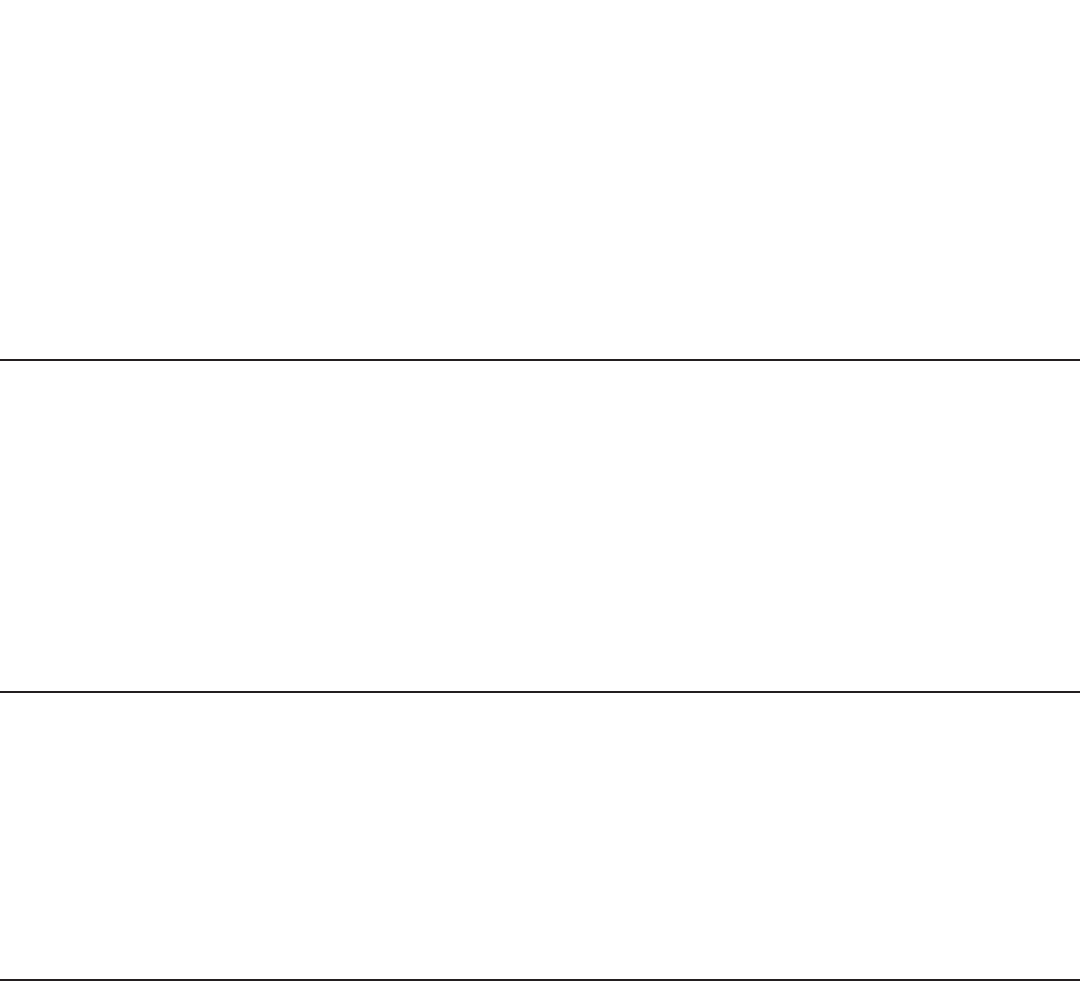
MATH-0990: Math Literacy for College Students 1
MATH-0990: MATH LITERACY FOR COLLEGE STUDENTS
Cuyahoga Community College
Viewing: MATH-0990 : Math Literacy for College Students
Board of Trustees:
January 2022
Academic Term:
Fall 2022
Subject Code
MATH - Mathematics
Course Number:
0990
Title:
Math Literacy for College Students
Catalog Description:
Course integrates numeracy, proportional reasoning, algebraic reasoning, and functions. Students will develop conceptual and
procedural tools that support the use of key mathematical concepts in a variety of ways. Contexts include personal finance, medical
literacy, and citizenship.
Credit Hour(s):
4
Lecture Hour(s):
4
Requisites
Prerequisite and Corequisite
MATH-0910 Basic Arithmetic and Pre-Algebra; or sufficient score on placement test; or departmental approval.
Outcomes
Course Outcome(s):
Use operation sense and communicate verbally and symbolically the effects of common operations on numbers.
Essential Learning Outcome Mapping:
Critical/Creative Thinking: Analyze, evaluate, and synthesize information in order to consider problems/ideas and transform them in
innovative or imaginative ways.
Quantitative Reasoning: Analyze problems, including real-world scenarios, through the application of mathematical and numerical
concepts and skills, including the interpretation of data, tables, charts, or graphs.
Objective(s):
1. Demonstrate operation sense and communicate verbally and symbolically the effects of common operations on numbers.
2. Demonstrate competency in using, and an understanding of, magnitude in the context of place values, fractions, and numbers
written in scientific notation.
3. Use estimation skills, knowing how and when to estimate results, to solve problems, detect errors, and check accuracy.
4. Apply quantitative reasoning to solve problems involving quantities or rates.
5. Demonstrate measurement sense.
6. Explain and interpret data, using measures of central tendency, measures of variation, and mathematical models.
7. Read and make decisions based upon data from line graphs, bar graphs, and charts.
Course Outcome(s):
Represent proportional relationships and solve problems that require an understanding of ratios, rates, proportions, and scaling.
Essential Learning Outcome Mapping:
Critical/Creative Thinking: Analyze, evaluate, and synthesize information in order to consider problems/ideas and transform them in
innovative or imaginative ways.

2 MATH-0990: Math Literacy for College Students
Quantitative Reasoning: Analyze problems, including real-world scenarios, through the application of mathematical and numerical
concepts and skills, including the interpretation of data, tables, charts, or graphs.
Objective(s):
1. Apply quantitative reasoning strategies to solve real-world problems with proportional relationships based on an understanding
that derived quantities may be described with whole numbers, fractions, decimals, or in a combinations of these, and that to fully
explain these relationships, units must be used.
2. Recognize proportional relationships from verbal and numeric representations.
3. Compare proportional relationships represented in different ways.
Course Outcome(s):
Reason using the language and structure of algebra to investigate, represent, and solve problems.
Essential Learning Outcome Mapping:
Critical/Creative Thinking: Analyze, evaluate, and synthesize information in order to consider problems/ideas and transform them in
innovative or imaginative ways.
Quantitative Reasoning: Analyze problems, including real-world scenarios, through the application of mathematical and numerical
concepts and skills, including the interpretation of data, tables, charts, or graphs.
Objective(s):
1. Recognize various uses of variables to represent quantities or attributes.
2. Describe the effect that a change in the value of one variable has on the value(s) of other variables in the algebraic relationship.
3. Construct and use equations or inequalities to represent relationships involving one or more unknown or variable quantities to
solve problems. Identify when there is insufficient information given to solve a problem.
Course Outcome(s):
Represent relationships between quantities in multiple ways and solve problems that require an understanding of functions.
Objective(s):
1. Translate problems from a variety of contexts into a mathematical representation and vice versa.
2. Describe the behavior of common types of functions using expressions, graphs, and tables.
3. Identify when a linear model or trend is appropriate for data, when a linear model does not appear to be appropriate, and know how
to explore the applicability of other models.
4. Identify important characteristics of functions in various representations.
5. Use appropriate terms and units to describe rate of change.
6. Explain that abstract mathematical models used to characterize real-world scenarios or physical relationships are not always exact
and may be subject to error from many sources, including variability.
Methods of Evaluation:
1. Exams
2. Quizzes
3. Homework
4. In class collaborative work
5. Comprehensive final exam
6. Online coursework
7. Class participation
Course Content Outline:
1. Real numbers
a. Operations on real numbers
b. Order of operations
c. Data presentation
d. Inequalities
e. Properties of real numbers
f. Like terms
g. Algebraic expressions
h. Translation into algebraic expressions
2. Linear equations and inequalities in one variable

MATH-0990: Math Literacy for College Students 3
a. Linear equations
b. Addition property and multiplication property of equality
c. Solutions of linear equations
d. Order of operations in solving linear equations
e. Fractional and decimal coefficients
f. Translation into algebraic equations
g. Literal equations
h. Applications involving personal finance, citizenship. and global awareness.
i. Rates, ratios, and proportions
j. Applications involving rates, ratios, and proportions
k. Addition property and multiplication proper of inequality
l. Applications involving linear inequalities
m. Translation into algebraic inequalities
3. The rectangular coordinate system, lines and linear inequalities
a. Rectangular coordinate system
b. Coordinates to points
c. Plot points
d. Slope of a line
e. Rate of change
f. Slope-intercept form of a linear equation
g. Vertical lines
h. Horizontal lines
i. Applications involving linear equations
j. Construction of a table to graph lines
4. Systems of linear equations
a. Ordered pairs as solutions of systems of linear systems
b. Applications involving linear systems
.
Resources
Carnegie Math Pathways.Quantway Core version 2.8.Carnegie Math Pathways, WestEd; XanEdu publishing,2021.
Dave Sobecki & Brian Mercer.Pathways to Math Literacy.2nd ed.McGraw-Hill,2019.
Kathleen Almy & Heather Foes.Math Lit: A Pathway to College Mathematics.3rd ed.Pearson,2022.
Resources Other
1. Merseth, Katherine. Learning Opportunites. Stanford, CA: The Carnegie Foundation.https://c2l.wceruw.org/wp-content/
uploads/2018/03/Learning-Opportunities-for-Classrooms-in-the-Carnegie-Math-Pathways.pdfandhttps://c2l.wceruw.org/wp-
content/uploads/2018/03/Problem-Cycle.pdf
2. Hiebert, James and Douglas A. Grouws."The Effects of Classroom Mathematics Teaching on Students’ Learning." Second
Handbook of Research on Mathematics Teaching and Learning. ed. Frank K. Leister. Charlotte, NC: Information Age Publishing. 2007.
3. Asera, Rose. Introduction to the Problem Solution Exploration Papers. Standord, CA: The Carnegie Foundation. 2010.http://
archive.carnegiefoundation.org/publications/pdfs/elibrary/PSE_Introduction.pdf
4. Stigler, James, Karen B. Givvin, and Belinda Thompson. "What Community College Developmental Mathematics Students
Understand About Mathematics."MathAMATYC Educator, Vol. 1, No. 3. May 2010.http://archive.carnegiefoundation.org/
publications/pdfs/elibrary/MathAMATYC_Stigler.pdf
5. Hope, Laura. Literature Review of Student Success Courses. Stanford, CA: The Carnegie Foundation, 2010.http://
archive.carnegiefoundation.org/publications/pdfs/elibrary/student_success_courses.pdf
Top of page
Key: 2823
